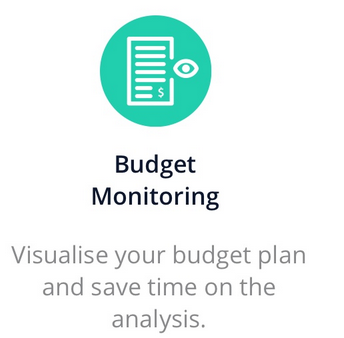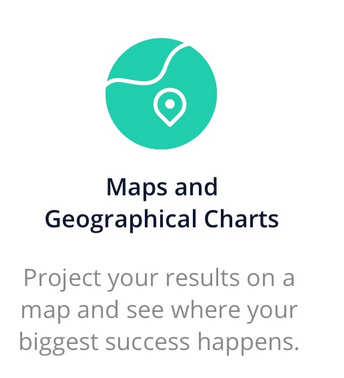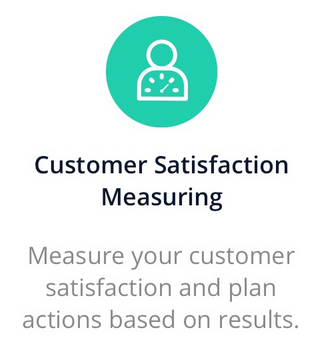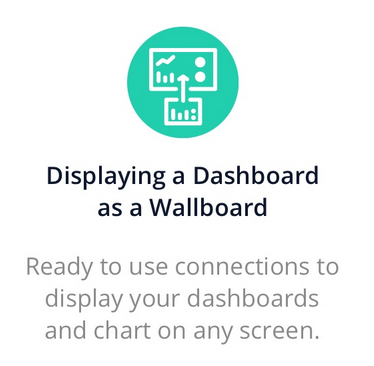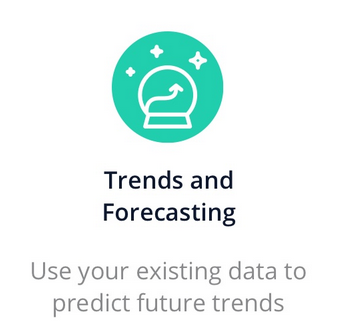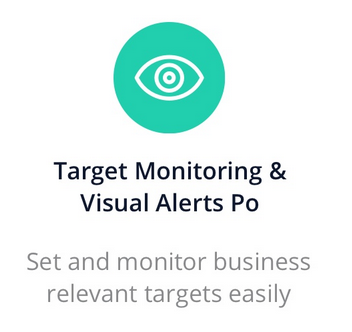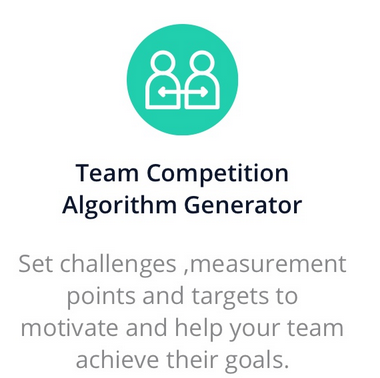Support center for flex.bi version 4.0
How to choose KPIs for analysing
Step 2: Break It Down to A Few KPIs
Now that you have found relevant KPIs to measure and track through out your company use your business goals as a guidance and break them down even more. Even though every company will be different, less is almost always more when it comes to KPIs.
Tracking too many KPIs and details you are risking to loose track of the most important goals.
Selecting the top 7-10 KPIs is a great number to aim for.
Spend time on defining and choosing your KPIs instead of adding them for the sake of having more pretty numbers and hoping they will be useful.
Step 3: Carefully Assess Your Data
After you have your main 7-10 elements – you can start digging into the data and start some data modelling.
A good question to ask at this point is: How does the business currently make decisions?
For this you will need to consider based on what data decisions are made. Interestingly enough you will notice that decisions not always are made based on numbers. Sometimes product improvement decisions will be made based on the complaints of the most painful customer instead of the numbers of support issues all together or maybe even gut feeling of some managers.
In order to create a culture of number based decision making and getting the most out of your KPIs you need to focus on the metrics that you can actually measure. Do this by asking questions like: what do I need to count, what do I need to aggregate, which filters need to apply, what are the relevant dimensions? For each of these questions you have to know where the data is coming from and in what format.
Consider that data will often come from multiple, disparate data sources. For example, the sales data will be coming from your ERP system, but your yearly budget is prepared in a separate excel sheet. This is where the power of the right BI solution can really shine. Flex.bi can seamlessly combine data from over 17 different sources.
Step 4: Represent KPIs in an Accurate and Effective Fashion
Congrats! You’ve connected your KPI data to your business. Now you’ll need to find a way to represent the metrics in the most effective way.
Create interactive and easy to use dashboards that your team can access, drill down, discover underlying data and perform easy analytical tasks. If suitable you can as well use wallboards and screens to display dashboard in a good visible place in your office, warehouse or at the assembly line. Using public dashboards like that will motivate your team using results, connect them across departments and make them feel involved in your companies goals.
Closing
Don’t be afraid to ask the hard questions. Start with the most basic and you’ll be surprised how often companies don’t know the answers – and you’ll be a data hero just for asking. And flex.bi can be a your sidekick and best help when you decide to tackle the challange.
Watch Our Webinars
Why to pay for training if we provide Free Webinars and videos to watch?

